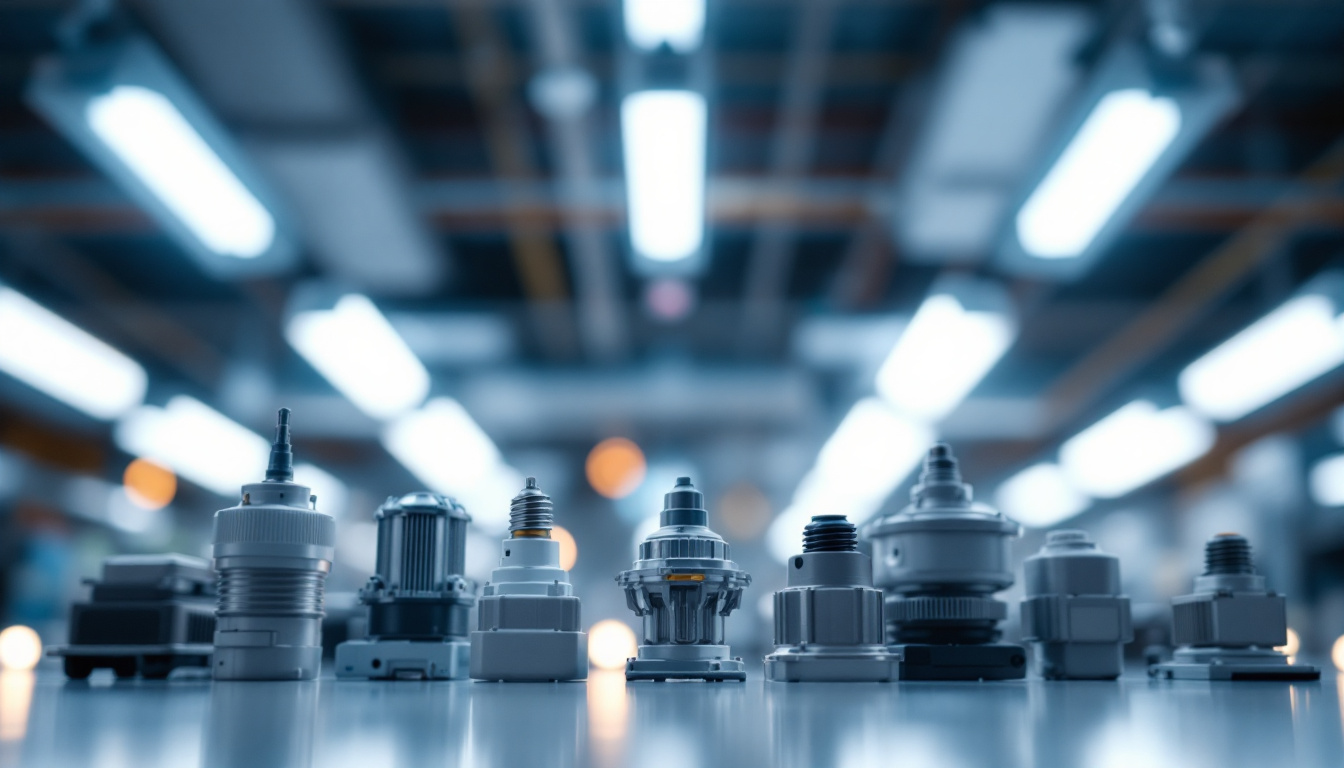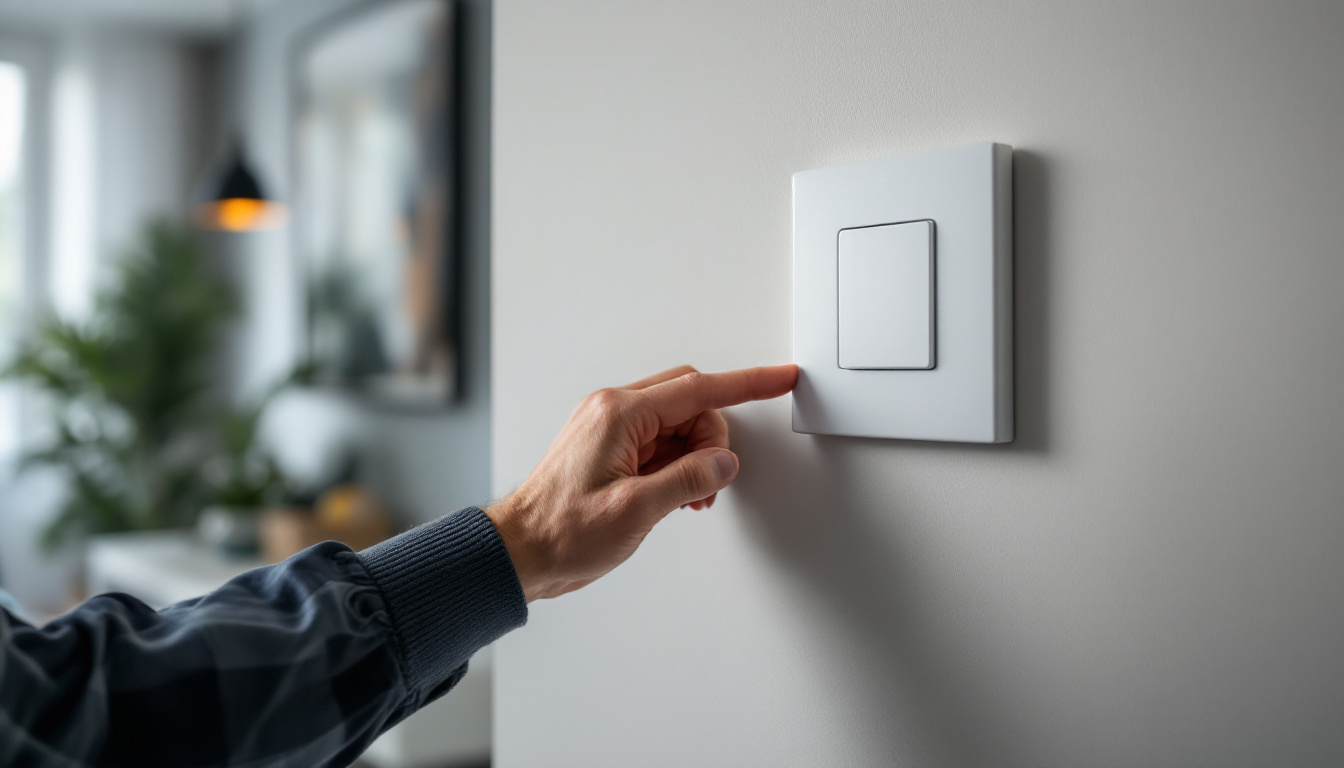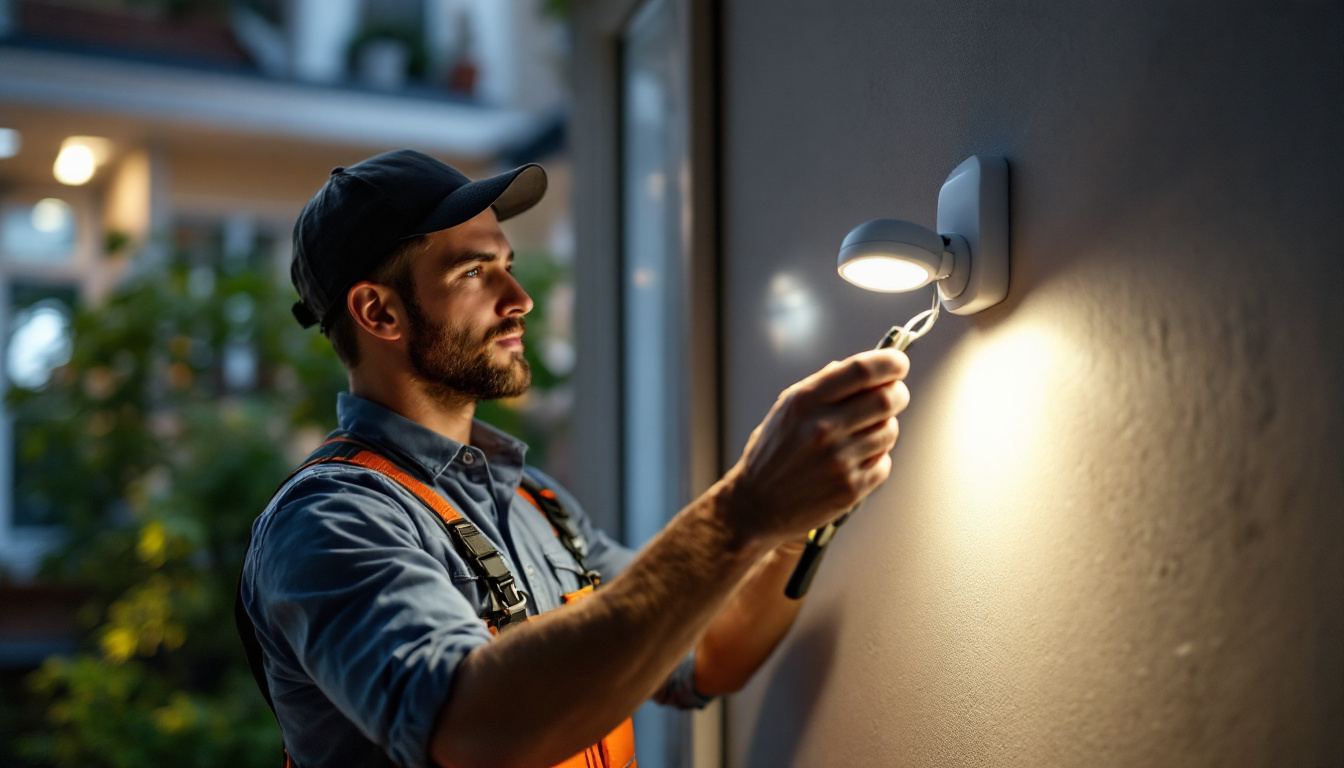

In the realm of commercial and residential lighting, fluorescent lights have long been a staple due to their energy efficiency and bright illumination. However, the functionality of these lights heavily relies on a crucial component known as the ballast. For lighting contractors, understanding ballasts is essential for effective installation, maintenance, and troubleshooting. This article delves into the intricacies of ballasts for fluorescent lights, providing insights that will enhance your expertise in the field.
Ballasts serve as the regulatory backbone of fluorescent lighting systems. They are responsible for controlling the current that flows through the lamp, ensuring that the fluorescent tube operates efficiently and safely. Without a ballast, a fluorescent lamp would not function properly, leading to flickering, dim lighting, or even complete failure.
There are primarily two types of ballasts used in fluorescent lighting: magnetic and electronic. Each type has its unique characteristics and applications.
Magnetic ballasts have been the traditional choice for fluorescent lighting. They utilize electromagnetic induction to regulate current flow. While they are generally less expensive than electronic ballasts, they tend to be bulkier and heavier. Magnetic ballasts can also produce a hum and flicker, which may be undesirable in certain environments. Furthermore, they are less energy-efficient, often leading to higher electricity costs over time. Despite these drawbacks, magnetic ballasts are still favored in some applications due to their reliability and simplicity, especially in older lighting systems where retrofitting to electronic options may not be feasible.
Electronic ballasts represent a more modern approach to fluorescent lighting. They use electronic circuits to control the current and provide a more stable light output. This type of ballast is typically lighter, quieter, and more energy-efficient compared to magnetic ballasts. Additionally, electronic ballasts can operate multiple lamp types and sizes, making them versatile for various applications. They also have the added benefit of providing instant start capabilities, which can enhance the overall user experience by eliminating the waiting time associated with older magnetic systems. As energy conservation becomes increasingly important, the shift towards electronic ballasts is gaining momentum in both residential and commercial settings.
The operation of a ballast is relatively straightforward but crucial for the performance of fluorescent lights. When the light switch is turned on, the ballast provides a high voltage to initiate the gas discharge in the lamp. Once the lamp ignites, the ballast regulates the current to maintain a steady light output. This regulation is vital, as fluctuations in current can lead to premature lamp failure or inconsistent lighting quality. In addition to current regulation, modern ballasts often include features such as thermal protection and short-circuit protection, which further enhance the safety and longevity of the lighting system. Understanding these mechanisms can help users make informed decisions about their lighting choices and maintenance practices.
For lighting contractors, selecting the appropriate ballast is vital to ensure optimal performance and longevity of fluorescent lighting systems. Several factors must be considered when making this choice.
Each fluorescent lamp has a specific wattage rating, and it is essential to match the ballast to this rating. Using a ballast that is not compatible can lead to underperformance or damage to the lamp. Always refer to the manufacturer’s specifications to determine the correct wattage for the ballast.
Fluorescent lamps come in various types, including T8, T12, and compact fluorescent lamps (CFLs). Each type may require a specific ballast designed to work with its unique characteristics. For instance, T8 lamps typically operate best with electronic ballasts, while T12 lamps may still be found with magnetic ballasts in older installations.
The environment in which the fluorescent lights will be installed also plays a crucial role in ballast selection. For example, in areas with extreme temperatures, a ballast designed for high-performance in those conditions is necessary. Additionally, specific applications, such as dimming capabilities or emergency lighting, may require specialized ballasts.
Moreover, the installation location can influence the choice of ballast. In commercial settings, where lighting is often on for extended periods, selecting a ballast with low energy consumption can lead to significant savings on electricity bills. Furthermore, in environments where flickering lights can disrupt workflow—such as in offices or schools—opting for high-quality electronic ballasts can mitigate these issues, providing a stable light output that enhances productivity.
Another consideration is the ballast’s noise level. Some magnetic ballasts can produce a humming sound that may be distracting in quiet environments. In contrast, electronic ballasts are generally quieter and can even offer features like rapid start capabilities, which can improve lamp life and reduce warm-up time. Understanding these nuances can help lighting contractors make informed decisions that not only meet technical specifications but also enhance the overall user experience.
Proper installation of ballasts is critical to the performance of fluorescent lighting systems. Lighting contractors must adhere to best practices to ensure safety and efficiency. A well-installed ballast not only enhances the lifespan of the fluorescent lamps but also optimizes energy consumption, contributing to lower utility bills and a reduced carbon footprint.
Before beginning any installation, safety should be the top priority. Always turn off the power to the circuit before working on fluorescent fixtures. Use insulated tools and wear appropriate personal protective equipment (PPE) to minimize the risk of electrical shock. Additionally, it’s advisable to have a fire extinguisher nearby and to familiarize yourself with its use, as electrical installations can sometimes lead to unexpected hazards. Ensuring that the workspace is well-lit and free from clutter can also help prevent accidents during the installation process.
When connecting the ballast, it is essential to follow the wiring diagram provided by the manufacturer. Incorrect wiring can lead to malfunction or damage to the ballast and lamp. Pay close attention to the color coding of the wires, and ensure secure connections to prevent any loose wires that could cause flickering or failure. It’s also beneficial to use wire connectors that are rated for the specific application, as this can provide an additional layer of security against corrosion and ensure a reliable connection over time. Furthermore, consider labeling wires during installation for easier troubleshooting in the future, which can save valuable time and effort should any issues arise.
After installation, testing the system is crucial. Turn the power back on and observe the lights for any flickering or irregularities. If issues arise, troubleshooting may involve checking the wiring, ensuring compatibility between the ballast and lamp, and verifying that the ballast is functioning correctly. It may also be helpful to utilize a multimeter to measure voltage and continuity, as these tools can provide insights into potential electrical issues that may not be immediately visible. Additionally, documenting any problems encountered and the steps taken to resolve them can be invaluable for future reference, enhancing overall efficiency in subsequent installations or repairs.
Regular maintenance of ballasts can extend the lifespan of fluorescent lighting systems and prevent unexpected failures. Lighting contractors should be familiar with maintenance practices to provide ongoing support to clients.
Conducting regular inspections of fluorescent lighting systems can help identify potential issues before they escalate. Look for signs of wear and tear, such as discoloration or corrosion around the ballast. Additionally, check for any unusual sounds, such as buzzing or humming, which may indicate a problem.
Dust and debris can accumulate around ballasts and fixtures, potentially affecting performance. Regular cleaning of the fixtures and surrounding areas will help maintain optimal lighting conditions. Ensure that power is turned off before cleaning to avoid any electrical hazards.
If a ballast is found to be faulty during inspections, it is essential to replace it promptly. Delaying replacement can lead to further damage to the fluorescent lamps and increased energy consumption. Always dispose of old ballasts properly, as they may contain hazardous materials.
With the growing popularity of LED lighting, many contractors are exploring ballast bypass options for converting fluorescent fixtures to LED. This process involves removing the ballast altogether and rewiring the fixture to allow direct connection to the LED lamp.
Bypassing the ballast can lead to several advantages, including increased energy efficiency and reduced maintenance costs. LED lamps typically have a longer lifespan than fluorescent lamps and do not require ballasts, which can be a significant source of failure in traditional systems.
Before proceeding with a ballast bypass, contractors should assess the existing fixtures and ensure compatibility with the chosen LED lamps. Additionally, it is crucial to follow local electrical codes and regulations during the conversion process. Proper labeling of the fixtures after conversion is also recommended to inform future maintenance personnel of the modifications made.
Understanding the intricacies of ballasts for fluorescent lights is essential for lighting contractors. From selecting the right type to ensuring proper installation and maintenance, knowledge of ballasts can significantly impact the performance and longevity of fluorescent lighting systems. As the industry evolves, staying informed about advancements, such as LED conversions and energy-efficient technologies, will further enhance the contractor’s ability to provide effective lighting solutions. By mastering these concepts, lighting contractors can ensure that their clients enjoy optimal lighting conditions while maximizing energy efficiency and safety.
Ready to elevate your lighting projects with the highest quality ballasts? Look no further than LumenWholesale. Our spec-grade lighting products are designed to meet the rigorous demands of any installation, ensuring you deliver reliability and efficiency to your clients. With unbeatable wholesale prices and the convenience of free shipping on bulk orders, you can trust LumenWholesale to provide the best value without any hidden costs. Don’t compromise on quality or price. Wholesale Lighting at the Best Value is just a click away. Experience the LumenWholesale difference today!

Discover innovative strategies to boost profitability in lighting installations with the “Light Light Switch” approach.

Discover effective strategies for training your team in the art of directional recessed downlighting.

Discover the essential insights and innovative strategies that lighting contractors need to master exterior lighting projects.

Discover the essential checklist for lighting contractors focusing on sensor automatic lights.
Get notified when NEW deals are released.
Optimize your budget with wholesale discounts.
Only top-quality, specification-grade lighting products.
No additional costs at checkout - what you see is what you pay.
We understand the unique needs of contractors.